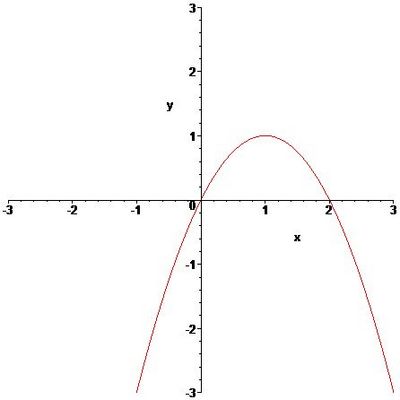Science:Math Exam Resources/Courses/MATH104/December 2012/Question 06 (d)
{{#incat:MER QGQ flag|{{#incat:MER QGH flag|{{#incat:MER QGS flag|}}}}}}
• Q1 (a) • Q1 (b) • Q1 (c) • Q1 (d) • Q1 (e) • Q1 (f) • Q1 (g) • Q1 (h) • Q1 (i) • Q1 (j) • Q1 (k) • Q1 (l) • Q1 (m) • Q1 (n) • Q1 (o) • Q2 (a) • Q2 (b) • Q2 (c) • Q2 (d) • Q2 (e) • Q3 • Q4 (a) • Q4 (b) • Q4 (c) • Q5 (a) • Q5 (b) • Q6 (a) • Q6 (b) • Q6 (c) • Q6 (d) •
Question 06 (d) |
|---|
|
Consider the curve . Assume that the point (x,y) = (1,1) lies on the curve, and that nearby points on the curve satisfy y=f(x) for some function of f(x). Write down the quadratic approximation of f(x) at x=1. Sketch its graph in the x,y grid below. |
|
Make sure you understand the problem fully: What is the question asking you to do? Are there specific conditions or constraints that you should take note of? How will you know if your answer is correct from your work only? Can you rephrase the question in your own words in a way that makes sense to you? |
|
If you are stuck, check the hint below. Consider it for a while. Does it give you a new idea on how to approach the problem? If so, try it! |
Hint |
|---|
|
Quadratic approximations are given by second degree Taylor polynomials which are given by
Compute this, then graph. |
|
Checking a solution serves two purposes: helping you if, after having used the hint, you still are stuck on the problem; or if you have solved the problem and would like to check your work.
|
Solution |
|---|
|
Plugging in the values from part (a) and part (b) into the second degree Taylor polynomial (recalling the a value is 1) gives The graph is given below. |
{{#incat:MER CT flag||
}}




